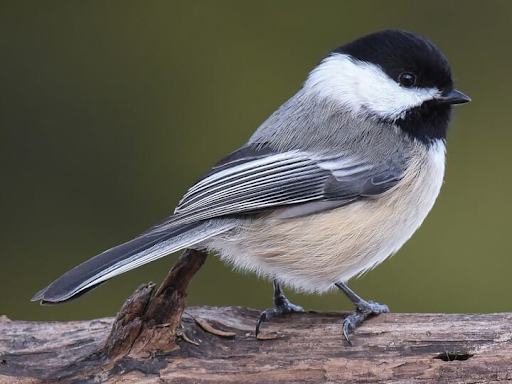The Birds of OWU
- Cameron Gray
- Oct 17
- 2 min read
Though often taken for granted, the bird songs of Ohio Wesleyan bring a beautifully diverse soundtrack into our daily lives - one we may not even notice.

During your walk to class each day, you hear several species of birds without even noticing it. The most common birds heard on our campus are Blue Jays, Cardinals, House Sparrows, Finches, White-Breasted Nuthatches, Downy Woodpeckers, and Black-Capped Chickadees.
The most unique sounds from the bunch are the Blue Jay and Black-Capped Chickadee song, making them easily identifiable even when they can’t be seen.
Bird songs also help shape the soundscape of OWU. Think back to when you were younger, often hearing a Mourning Dove early in the morning or late at night. Though you may not notice, birds like Blue Jays also help to create a natural and inviting outside environment via their song as you walk throughout campus.

Birds play an extremely important role in our campus’ ecosystem. Alongside insects like bees, birds also help to pollinate and disperse seeds around our campus. This helps to promote growth and the rejuvenation of certain plants that we love to see around campus.
The birds listed above are often found in taller, denser trees, often making them hard to spot. Our campus has beautiful green spaces, but by enhancing them and maintaining efforts to conserve them, we also help to conserve the animal life that lives within them.
Feeders are great for birds! Many of the species listed enjoy sunflower seeds, peanuts, and other suet feeders. These are extremely cost efficient and don’t have to be in a fancy feeder. By just leaving it out in a relatively noticeable space, you will be sure to attract birds in 5-7 days time. Providing other food deters the birds from eating potential trash off the ground.

As the seasons begin to turn, however, many birds begin their migratory phase. A lot of birds are most active during the nighttime, so leaving food and water sources out is a great way to ensure they have the proper nutrients to fuel their journey.
Once the spring rolls back around, the birds will be more active than ever! So be sure to keep your eyes peeled and your ears open to catch the wonders of different bird species. A great resource for this is Merlin Bird ID. It not only allows you to take pictures of the birds, but it also allows audio recording to identify the bird species.
So, the next time you are walking to class, turn off your headphones and listen to the birds around you. Nature’s music is always there for you!
Photos from Cornell Lab: All About Birds



Comments